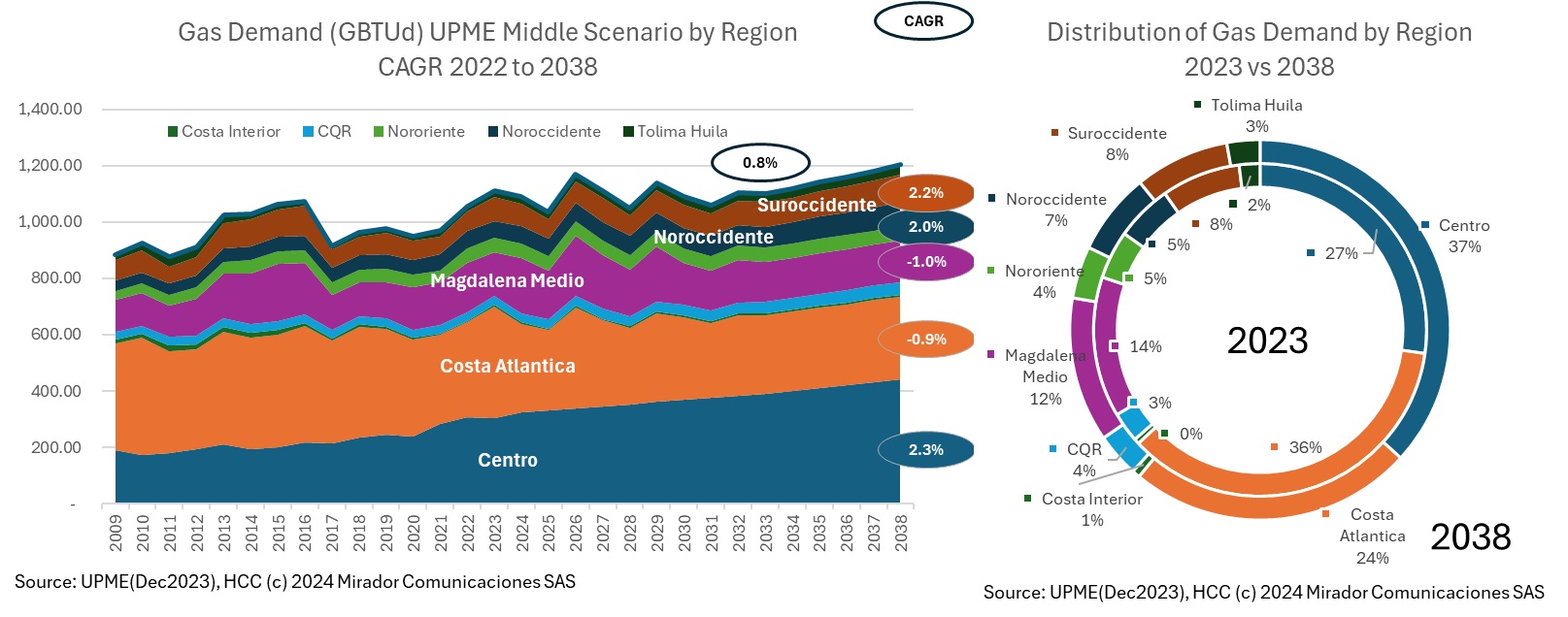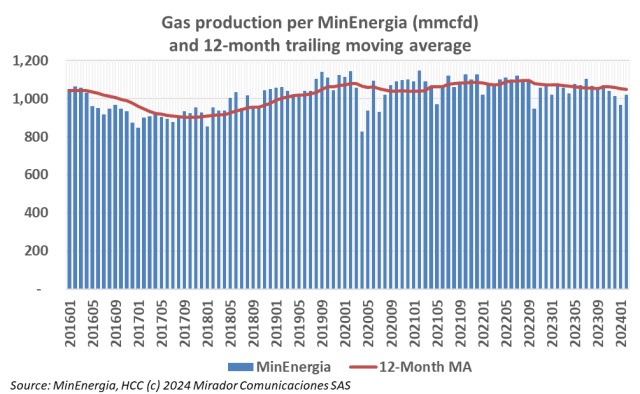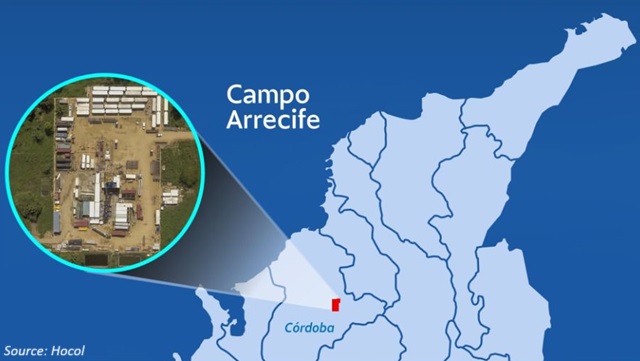
The consumption of natural gas has doubled due to the energy generation crisis caused by the El Niño phenomenon.
In the journey towards energy transition with alternative sources, encouraging achievements reflect a growing global awareness of the issue.
The supply of natural gas has surged in Colombia, playing a pivotal role in averting a power outage amidst the ongoing challenges posed by the El Niño phenomenon.

As the year ends or as the next one starts, MinEnergia’s research institute, the UPME, updates its gas logistics plan, based on a new demand forecast. They never announce it. It never hits the press. We look for it and sometimes find it easily. Sometimes not. Recently it appeared (to us at least) dated December 2023. Here are some quick graphs and comparisons, in the light of last year’s MinEnergia “roadmap” for a just energy transition.

Campetrol reported its natural gas production estimate for February 2024 in Colombia.
Responding to customer feedback, Vanti has rolled out a revamped design for its natural gas bills.
At the recent Naturgas Congress in Cartagena, experts emphasized the importance of coordination and complementarity in advancing energy transition through gas.
During the closing session of the Naturgas Congress in Cartagena, Colombian President Gustavo Petro sparked controversy by advocating, once again, for the importation of gas from Venezuela.
Natural gas emerged as a crucial fuel in addressing the challenges the electricity sector is facing due to the El Niño phenomenon.

Hocol, a subsidiary of Ecopetrol Group, is set to commence the development of the Arrecife Gas Field located in the Córdoba department of Colombia.